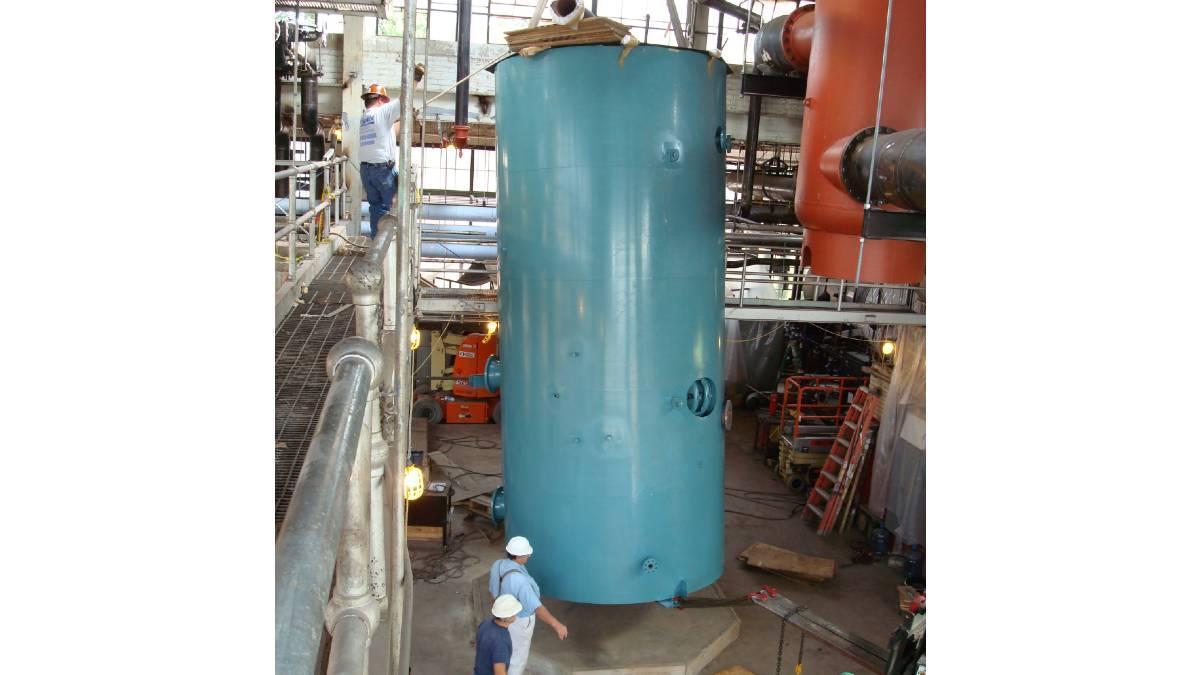 With zero emissions, economical electric steam and hot water boilers provide the maximum amount of heat and hot water using the minimum possible space.
With zero emissions, economical electric steam and hot water boilers provide the maximum amount of heat and hot water using the minimum possible space.
by ACME Engineering*
Due to the threat of global warming and international commitments to the Paris Agreement on climate change, regions that use district heating in Europe and North America have an obligation to significantly reduce the environmental impact in record time. With district heating, cities or large regions usually receive heat and hot water, which is distributed to commercial, residential or public buildings, being a more economical system than individual heating systems.
Regions that have used district heating have gained and lost interest in electric boilers over the past century; however, they are back in fashion. Whether it's meeting environmental, social and corporate governance (ESG) criteria, complying with regulation, or taking advantage of government credits and incentives, a growing number of municipalities are installing new or adapted high-voltage electrode boilers that are compact, economical and emission-free.
This is due, in part, to technological advances in the design of electric boilers, which increase performance to a level that competes even with large gas or fuel boilers. When it comes to district heating, electric alternatives will be a critical piece of the puzzle to achieve emission reduction targets in the future.
Electric boilers use the conductive and resistive properties of water to carry electric current and generate steam. An alternating current flow goes from a single-phase electrode to ground using water as a conductor. As the chemicals in water provide conductivity, the flow of current generates heat directly into the water. The more current (amps) flow, the more heat (BTUs) and more steam will be generated. The most significant thing is that almost 100% of the electrical energy is converted into heat without losses due to its transfer.
For example, acme's CEJS High Voltage Electrode Steam Boiler electrode model is mounted vertically around the inside of the pressure vessel. This allows the model to produce as much steam in the smallest possible space, with a capacity of 6MW to 52MW.
The boiler operates at existing distribution voltages, 4.16 to 25 KV with up to 99.9% efficiency, and can produce up to 170,000 pounds of steam per hour. With pressures between 105 psig and 500 psig, boilers are designed according to section 1 of ASME, and are certified pressure vessels registered at the place where the boiler is located.
Electric boiler technology is used for district heating of residential and commercial areas, the demand for which is increasing; especially, within urban centers. There are increasing improvements to minimize both cost and environmental impact.
Improvements usually involve retrofitting or replacing boilers (the heat source) with cleaner and more efficient electrical alternatives, along with the heat distribution network (pipes and heat exchangers).
Additionally, electric boilers have several advantages over gas or fuel boilers: greater safety, easy installation, fast shutdown and on system and operate silently. The minimum operating level of these electric boilers is not high, so they can be used immediately.
As the U.S. and North America resolve to drastically reduce their greenhouse gases to combat climate change, it will be increasingly urgent for areas that use district heating to reduce their carbon emissions as well.
In order to protect the environment before climate change is irreversible, everyone must do their part: municipalities, state and federal governments, and the commercial sector. Fortunately, the advanced technology of zero-emission electric boilers can be part of the solution and can be implemented with ease.














